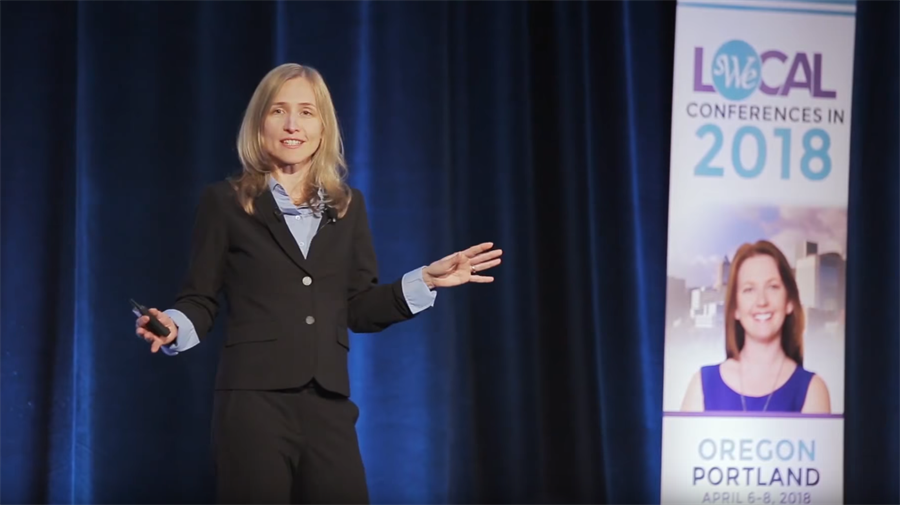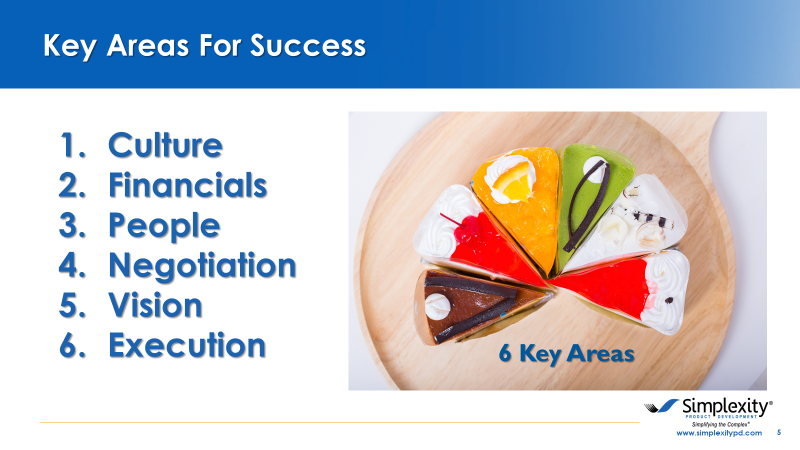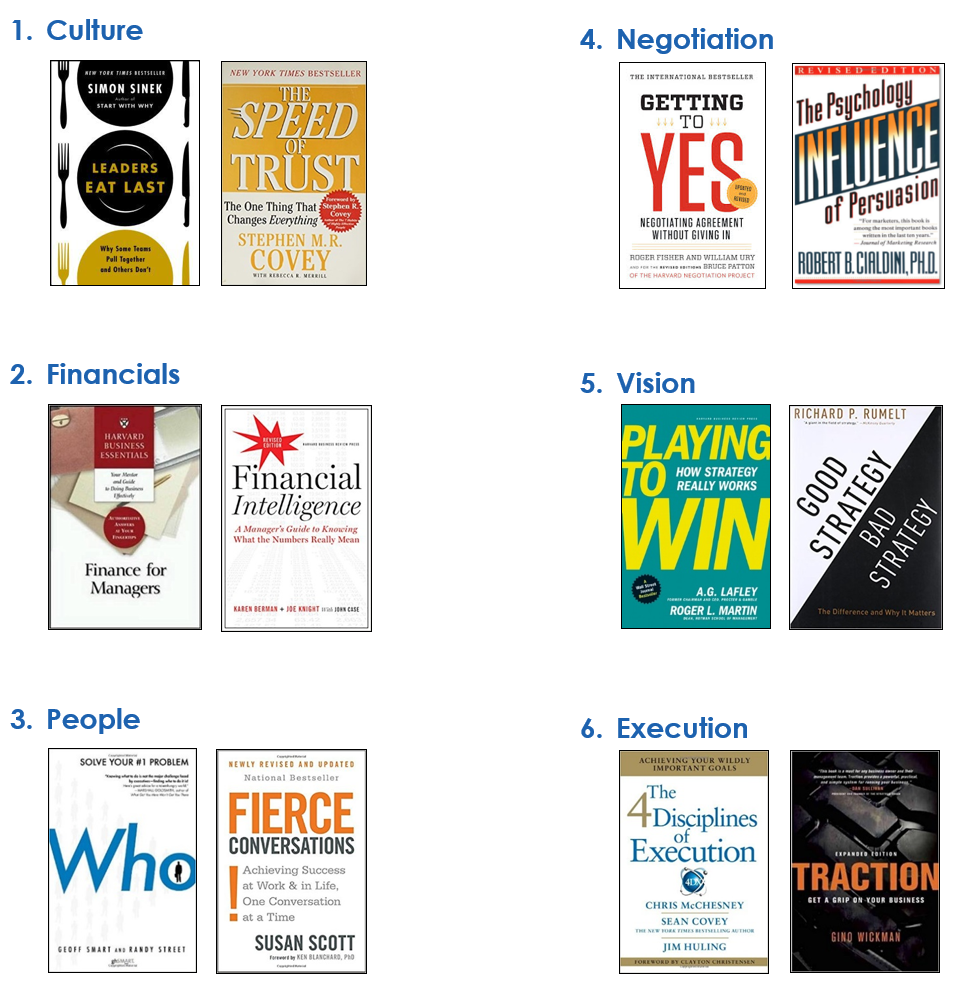Have you wondered if there is a special recipe needed to be a CEO? Have you considered that you just might have what it takes?
What comes to mind when you hear the title “CEO”? Most likely you think of the popular CEOs who are in the news, Elon Musk, Jeff Bezos, Warren Buffett. But how many of you picture yourself? In speaking to the audience at a Society of Women Engineers conference in Portland, OR, my goal was to get them to think about themselves as CEOs. You see, only 6% of Fortune 500 CEOs are women. Yet 24% of the most successful CEOs according to a 2014 Harvard Business Review article had engineering degrees. Therefore, it’s only logical that more female engineers also become CEOs of their organizations.
In order to demystify what it takes to be a CEO, I’m going to break things down into 6 key areas:
Culture
When I was working as an engineer, I enjoyed the creative process the most. I liked being able to design and create a product, and then see that product out in the marketplace. As I got into the job as CEO, I realized that I was applying that exact same creative process, but instead of designing a product, I was designing an organization. And in designing that organization, the CEO’s job is to be responsible for setting the culture.
This often starts with writing down the values of the organization. At Simplexity we have 4 key values: Integrity, Employee Well-Being, Client Success, and Product Development Excellence. But culture is not just what you write down. It’s the heart, the personality of an organization. It’s the written and the unwritten rules – it’s the behavior. As a CEO it is your responsibility and your privilege to get to shape that culture. Think about what you like and don’t like about the culture of where you work. If you become CEO, you get to fix the things that you don’t like and make it an awesome place to work for people who share your values.
I asked my employees how they would define Simplexity’s culture and the word that came up most often was flexibility. I was very pleased by this since flexibility is something that I valued when I was an engineer raising young kids so I want to give that same opportunity to my employees. However, I take flexibility further than just family obligations. As long as my employees are there for our clients and their teams doing excellent work, then I like to be as flexible as possible. If they want to go rock climbing on a Tuesday afternoon because the weather is nice, then they have the flexibility to do that without having to call in “sick.”
Financials
Financials are one of the main metrics of success of a CEO. As engineers we are good at math, so learning how to read financial statements is not that much of a stretch. If you are willing to learn and surround yourself with a good team, you can get on top of financials.
Yet there are other aspects about running a business that are not as obvious, such as the idea of cash flow, even when you’re profitable. Cash is different than profit. For example, a few years ago, we were growing really fast, 60% in one year. Clients were hiring us to do really interesting engineering projects and we were hiring talented engineers to get the work done. However, we pay our employees every two weeks, whereas our clients pay us from 30 to 60 days after the work is complete. Therefore, even though you can be profitable, you have to keep an eye on how much cash you have in the bank to make sure you can actually pay your employees and your bills. This can be even more pronounced in a product company where you’re spending money to develop the product before realizing the cash from selling the product.
Running a business requires you to be financially sound and engineers are typically really good savers and planners. Some CEOs get a few million dollars in venture funding and then go hog wild renting expensive office suites, over-hiring, and buying gold-rimmed sunglasses with their company logo. But you as fiscally responsible engineers are not as likely to be tempted by that. In fact, if you’re like me, the biggest adjustment will be to take more risk and realize that you need to take on debt to grow the business.
People
In order to build a great company, you need to master hiring the right people and building a well-functioning team. The goal is to find the right people that complement your skill set. I recommend serving on an interview team and learning how to hire people as early in your career as possible. That is great experience and training for later in your career. I can unequivocally say that the success of Simplexity is due to the excellent hires that we’ve made.
However, I can say that firing someone is one of the worst things you will ever have to do. It’s one thing to have to fire someone because they committed a major offense like stealing money from the company, but those are not the usual cases. The hardest ones are the people who are good people, but they are not suited for the job or the company is going through financial hardship and can no longer afford to employ everyone. Those are brutal. I still remember crying after having to lay off some of our employees in a slow year where there wasn’t enough work for everyone. I felt like I had personally failed them. But even in those hardest moments, as long as you treat people with dignity and respect, you can get through them. The thing that makes you a good leader is being able to have the difficult conversations when you know that you have to.
Negotiation
Being a good negotiator will help you in every stage of your career, not just as CEO. The main difference about negotiating as a CEO versus as an individual is that you’re negotiating for the good of the whole organization. I’ve found that I’m a tougher negotiator in those cases since I want to make sure I’m doing the best I can for the company as a whole. The biggest mistake that I used to make and that I’ve seen others make, is to try to avoid being uncomfortable and thus giving away too much to make the pain go away. I am a person that likes harmony. Yet when you negotiate, you have to be ok with disharmony. With the sound of nails on a chalkboard. With uncomfortable silence.
The biggest asset you can have in negotiation is the ability to understand, truly understand, the other side’s point of view. Engineers are analytical, so as long as we can force ourselves to see how the world could be interpreted from another perspective this works well. Negotiation is not about haggling about price, it’s about finding the win-win creative solutions and having the relationship of both parties strengthened after the negotiation.
Vision and Execution
The last two areas are probably the most important for a CEO to master: Vision and Execution. Vision is figuring out where your company should go, and execution is putting together a plan that gets you there. If you’d like to figure out which you’re naturally better at, think of the last few vacations you’ve been on. If you were the one to come up with the idea of where to go, then you’re more naturally inclined to be good at vision. If you’re the one who created a detailed plan, booked the places to stay, and had just about every hour planned, then you’re more of an execution person.
The advantage of having a concrete, written vision for your organization is that you have a framework for when to say yes or no to opportunities. For example, this allowed us to expand to Seattle since it was part of our vision to be the mechatronics engineering design services leader on the west coast, whereas it didn’t make sense to open another office in Montana when that opportunity presented itself. Vision creates alignment about where we’re going as an organization.
The execution part of the equation involves creating a detailed plan of who will do what by when to meet the vision. This is the area that I love to do. We often use cloud-based tools to track where we are in the process and what additional progress needs to be achieved to fully execute on the vision. As a CEO it is also your responsibility to create the right framework to make sure people hold themselves accountable to their plans.
Summary
If you only remember one thing, it’s this:
I want you to get better at the one or two areas that you’re already the best in. I don’t want you to look at the six areas and pick the ones you’re worst in, work on those and try to get to average in them. Being average in all 6 areas is not going to set you apart. The CEOs I know are not excellent in every one of these areas; but they are excellent in a few of them. And they’ve risen above because they get really good at one of these areas.
Your company still needs to excel at every one of these 6 areas, but you’re not creating a 1-person company. You’re hiring other people to fill those roles. So where can you personally be excellent? Of these 6 areas, which is the one that you’re already good at?
As you can see in the video, I gave away a book to the person most committed to learning more about the area they were good at (which even prompted some stage diving at the end!). If you do want to further your education in these areas, here are a few books that I recommend you read:
Final thoughts
There is a statistic that it takes women being asked seven times to accept a leadership position. Consider this ask number one. I am asking each of you to consider rising to the occasion of being the top leader in your organization. I am asking because we as women engineers can do it, but only if we rise to the occasion. When you do become a CEO, because I know some of you will, contact me and we’ll go out to celebrate the opportunities that you have created (and lunch is on me).



